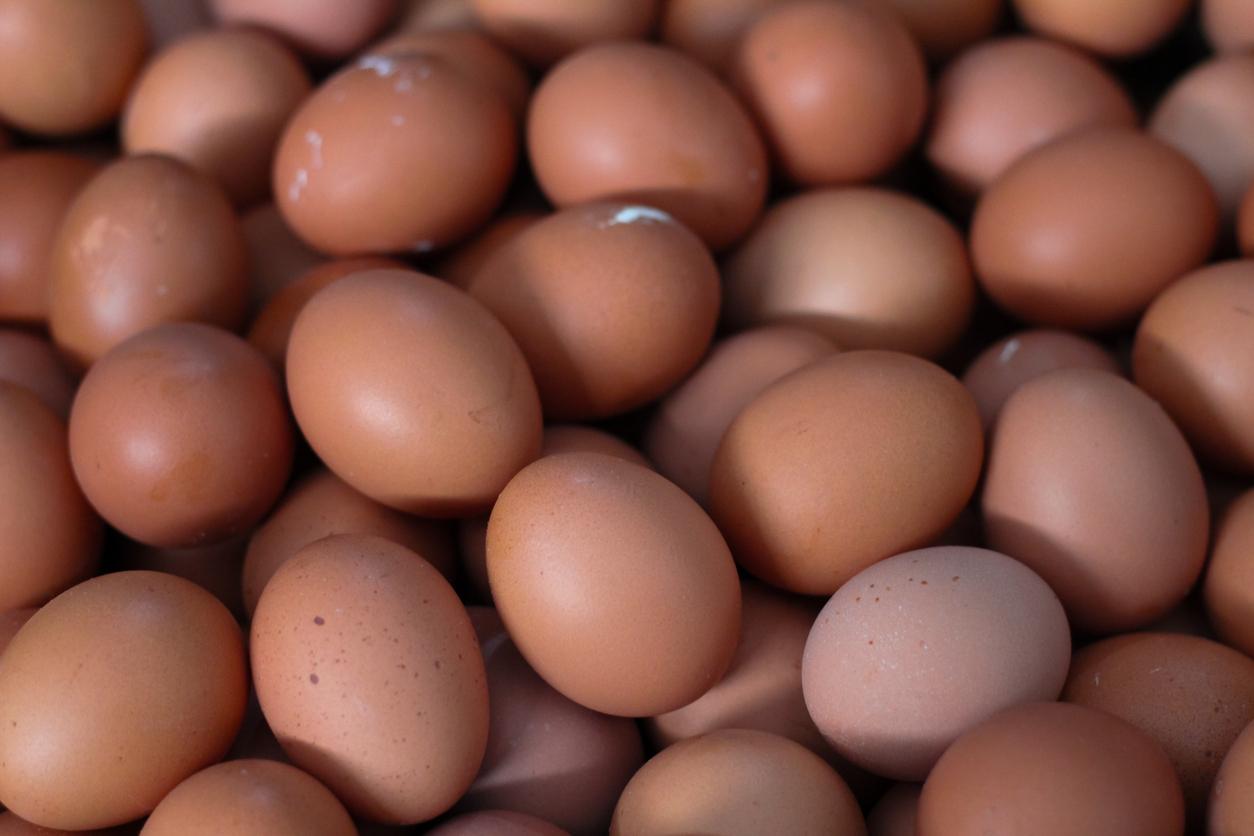By identifying the specific gene responsible for a process, called “cold-induced sweetening,” researchers have figured out how to reduce harmful chemicals produced by potatoes.

- A process, called “cold-induced sweetening,” occurs when potatoes stored at low temperatures convert their starches into sugars.
- In a recent study, scientists identified the specific gene responsible for this process and the regulatory element that activates it in cold weather.
- Using this discovery, the authors plan to create healthier potatoes through gene editing.
The potato (Solanum tuberosum) is the third most important food crop in the world. Their tubers should be kept at cold temperatures to minimize germination, according to an international team of scientists. However, cold temperatures strongly induce the expression of the potato vacuolar invertase (VInv) gene and cause sugar accumulation. This process, called “cold-induced sweetening,” is a major post-harvest problem for the potato industry.
VInv gene: “We discovered the regulatory element that activates it under cold temperatures”
In a new study, American, Chinese and Israeli researchers wanted to know how to get potatoes that aren’t affected by cold-induced sweetening from the start. They used a combination of gene expression analysis, protein identification and mapping.
“We have identified the specific gene responsible for this process and, more importantly, we have discovered the regulatory element that activates it under cold temperatures. By identifying how this gene turns on and off, we open the possibility of developing potatoes that are naturally resistant to cold-induced sweetening and therefore will not produce harmful substances”, said Jiming Jiangco-author of the work published in the journal The Plant Cell.
Creating healthier potatoes through gene editing
In the next stages of their research, the authors will use their results to create healthier and tastier potatoes through gene editing (a set of genome manipulation techniques aimed at modifying material and therefore information genetics) or other breeding techniques in greenhouses. “This discovery represents a significant advance in our understanding of potato development and its implications for food quality and health,” concluded the researcher.

















